Mexico is where Siesta began; Chris and Les met working at teachers in Mexico City over 40 years ago! Instead of bringing their wages home, they decided to export some of the beautiful wares the had seen on their travels. Of course they were a hit, and the rest is history!
Some of our most intricate ceramics are made in Mexico; ‘Catrinas’ are beautiful smartly dressed skeletons as an ode to ‘Día De Los Muertos’ and there is a wealth of Mayan and Aztec history which has influenced many ceramicists to produce traditional pieces in worship to ancient gods and ceremonial activity.
Of course, the undoubtable colours of Mexico are reflected in some more modern ceramics but also the handwoven blankets and celebration bunting. And unknown to some, our famous ‘Jergas’ or ‘Baja’ hoodies are made in Mexico with almost 100% recycled materials.
Meet the Makers
Siesta works alongside some truly incredible artists and craftspeople from all around the globe. We are fortunate enough to be able to visit them, be shown their workshops and learn more about their processes and techniques.
Click the map to explore the countries we source from and to learn more about their crafts.
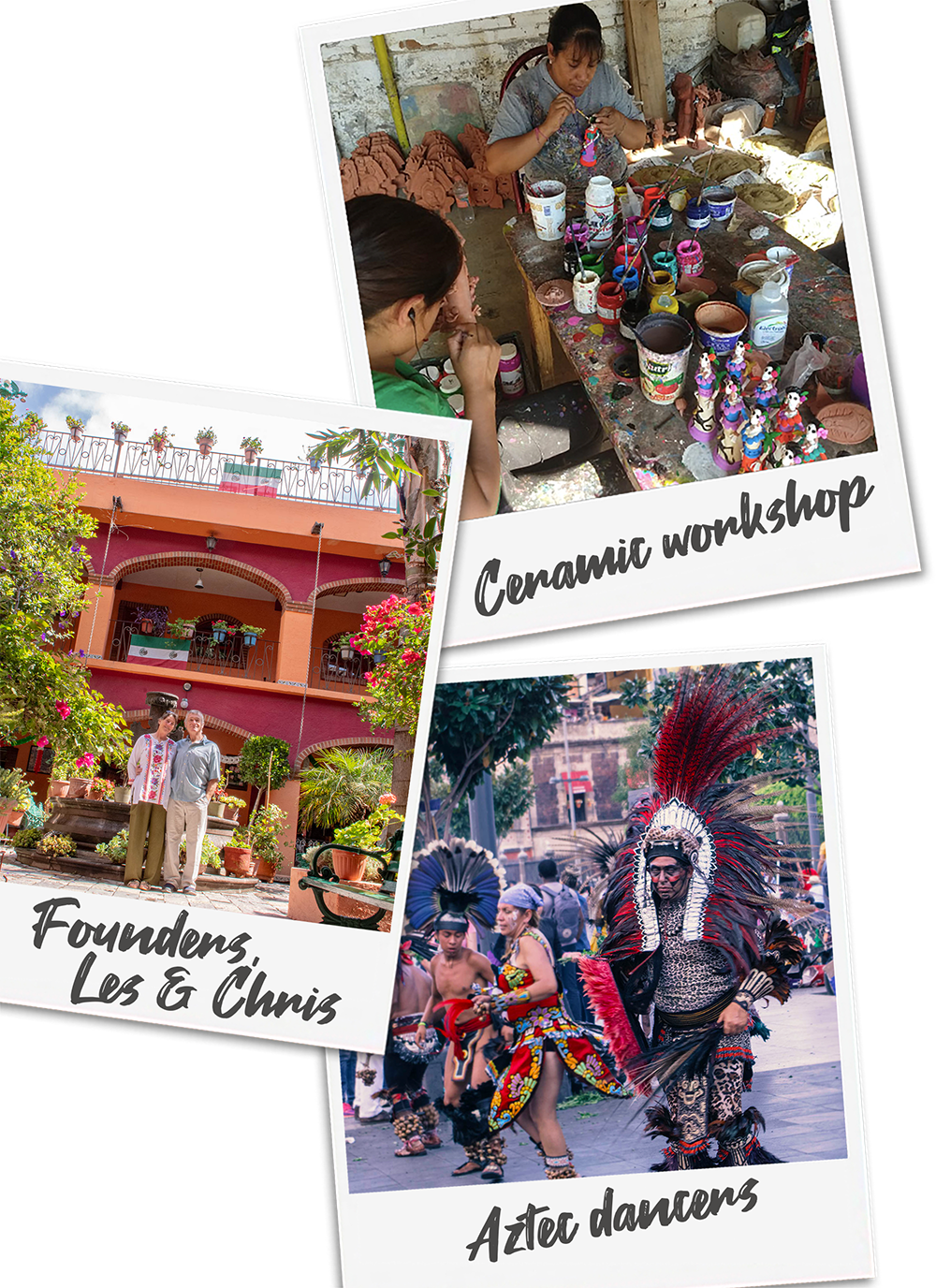
Mexico
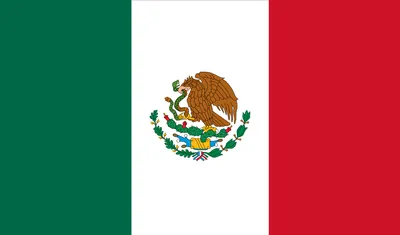

Bali
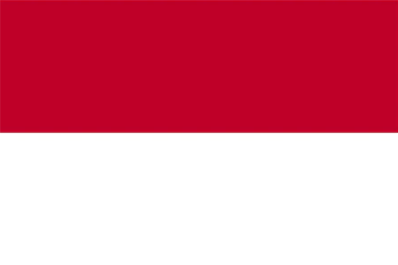

The Indonesian Island of Bali is well known as a holiday destination but less know as a haven for handicraft production. Siesta has been working with suppliers on Bali for over 30 years and in that time, we have got to know many of the producers and their families very well.
Woodcarving is an established handicraft of Bali and we have a wide range of wooden products produced by small family groups.
Batik production is another local craft and much of our clothing uses material which has produced in this traditional way.
Religion and tradition are very important on Bali, which has a predominantly Hindu population unlike the rest of Indonesia which is mostly Muslim. This means that religious ceremonies and festivals, for both religions, are common and it is not unusual to see the local population in their best attire going to the local temple.
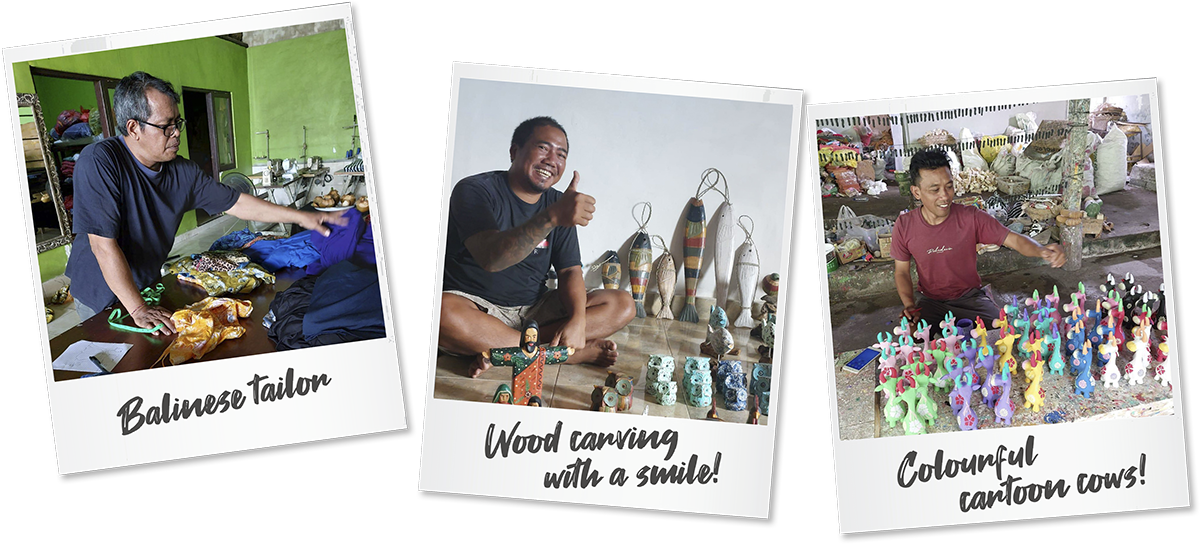
Ghana


Ghana takes proactive action in preserving its people's traditional culture and artisanal practices. In 1957, it marked a significant milestone as the first post-colonial African nation to reclaim its sovereignty from the United Kingdom. This pivotal moment not only signified independence but also underscored the importance of acknowledging and celebrating the diverse ethnicities and cultures within the country. This cultural resurgence led to the establishment of artisan villages specialising in traditional crafts, which became focal points for preserving and showcasing Ghana's rich heritage and indigenous craftsmanship.
We work with trusted buyers to stock authentic instruments made with natural and recycled products, such as gourds, seed pods and even bottle caps! We also source unique treasures and artefacts from Ghana, such as hand-carved incredible quality djembes and traditional carved and fabulously colourful beaded masks.
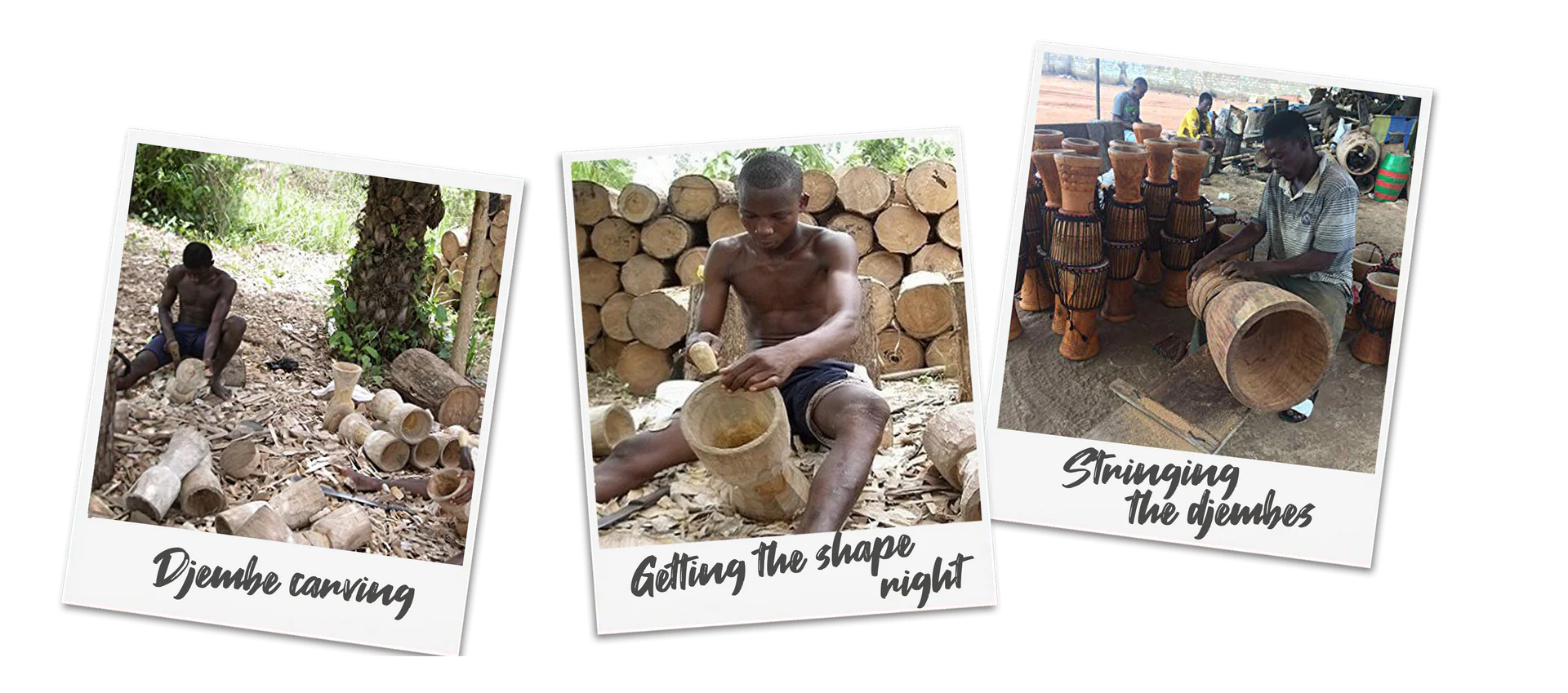
Read the blog
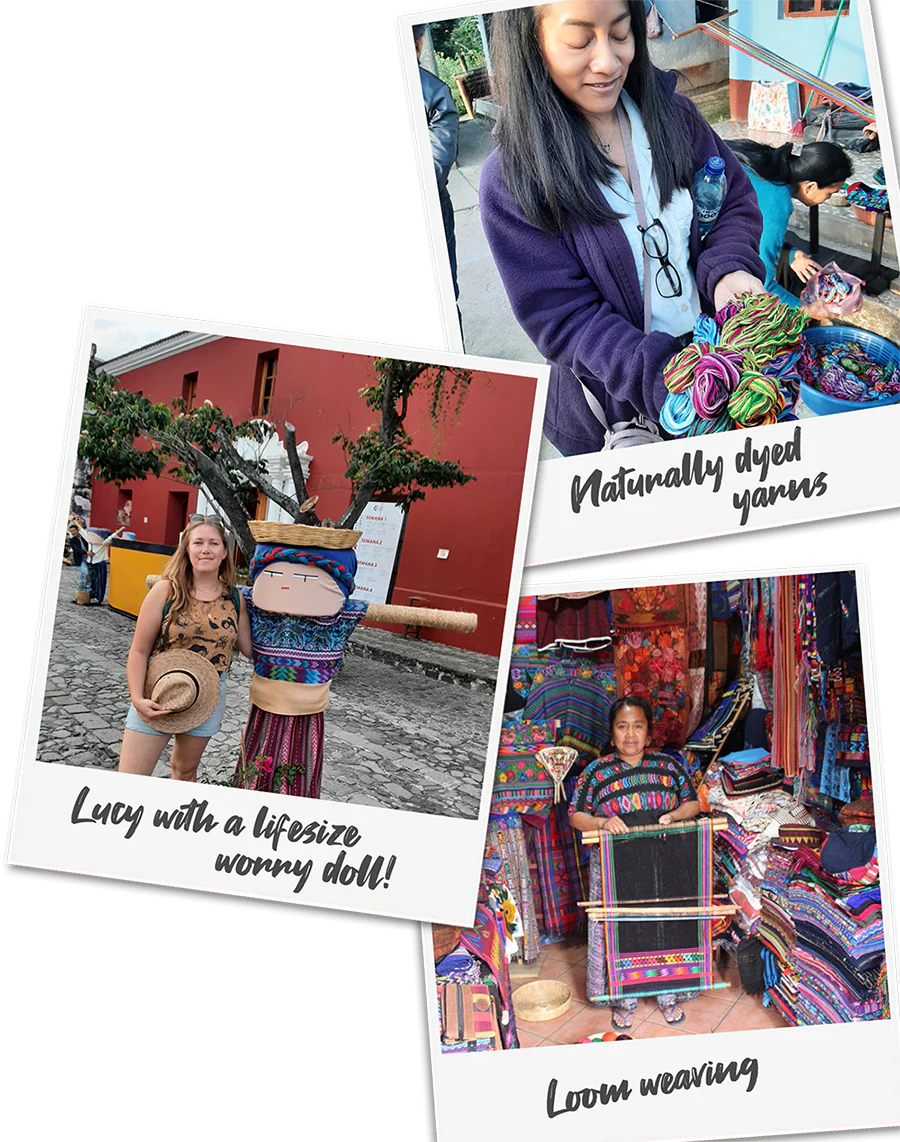
Guatemala
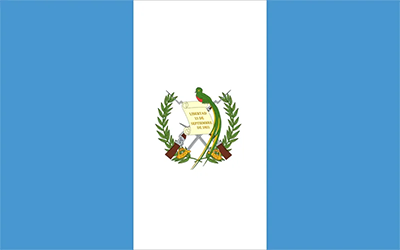

Guatemala is a lush green country steeped in a rich tradition of weaving. Women have hand-woven their clothing on a back strap loom for centuries and pass along the tradition through the generations, mainly creating ‘Huipils’ (blouses) or decorative belts (Fajas). They start with raw wool or cotton that they wash, comb and spin. Then they stretch the threads along a warping board and attach it to the loom.
When a huipil is finished it is a work of art and can sometimes take months to complete. If it is made well it can last up to 30 years or so and often will be recycled into a handbag or other commodities.
Most of our products such as worry dolls, huipils, and friendship bracelets are made by women based at home, living in the villages that surround lake Atitlán, providing much needed opportunities for work around home schedules.
Read the blog
India
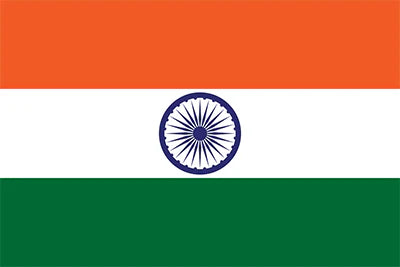

India has an incredible repertoire of traditional handicrafts, from sculpture to painting to textiles so much more. Usually identifiable through mandala style motifs and pairings of rich earthy tones and vivid pinks, greens and yellows, but there is not one style that really defines India due to its varied cultures and traditions across geographical locations.
Much of our incense is produced in India. Often used as a form of wellbeing, incense can create an ambiance which gently invites the mind to unwind, uplift, and harmonise with the present moment. There are an incredible number of scents to choose from too, so the burning of incense can be personalised to suit the individual.
India, alongside Nepal, produces a lot of clothing made from traditional materials including Kantha and Sari. These items are not only beautiful and one of a kind, they’re also sustainable!
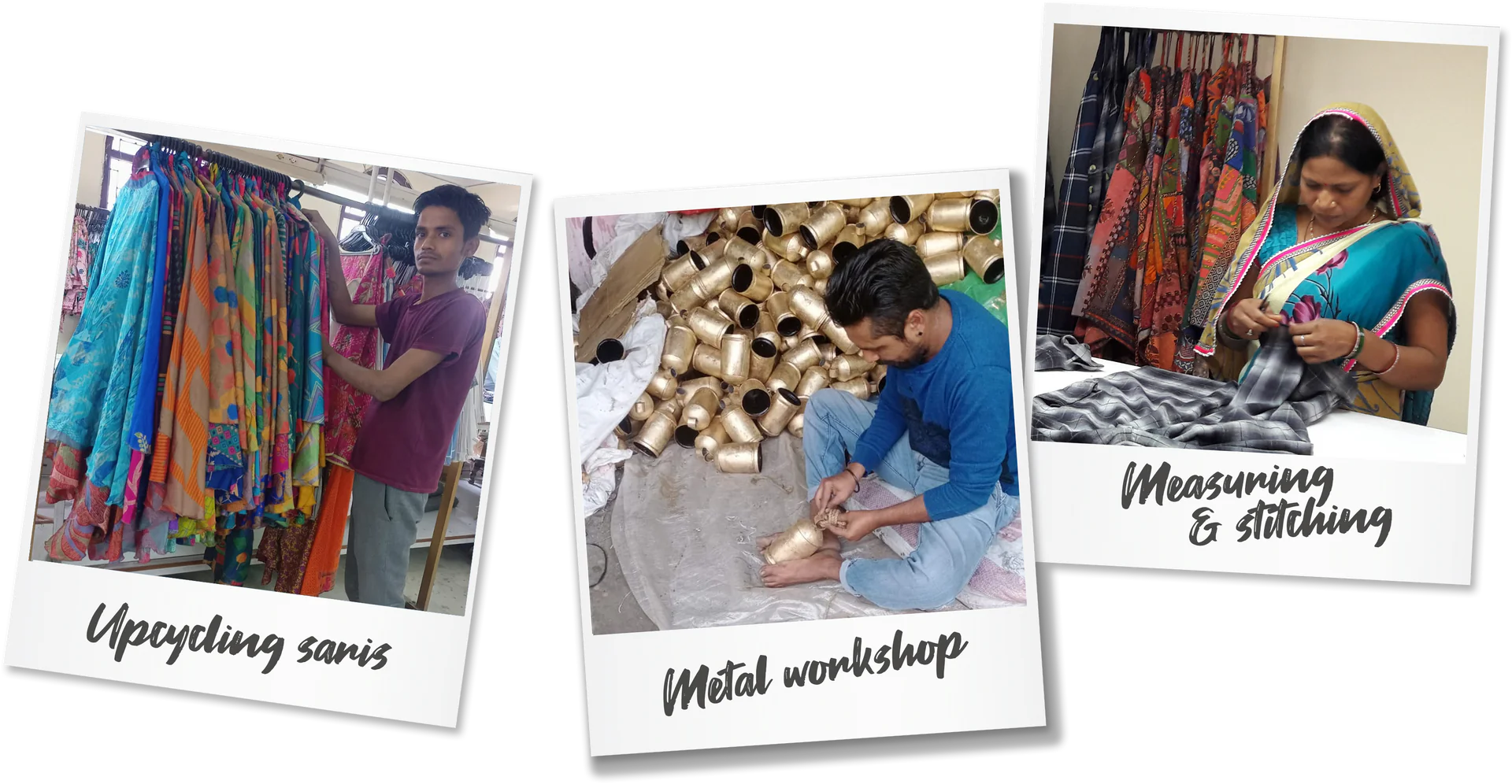
Thailand
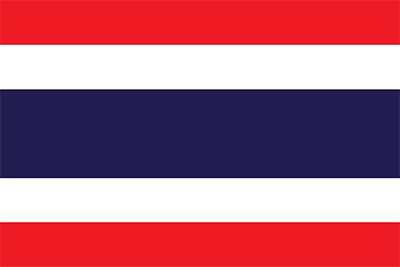

We visit Thailand almost every year and have fantastic relationships with the makers there. There’s always something new to find!
Most of our products are made in and around Chiang Mai, a beautiful area in the north of the country known for its diversity of craftmanship due to the different styles of Hill Tribes in the region and neighbouring areas with speciality trades.
Thailand’s national symbol is the elephant, which is why ‘Elephant Trousers’ are incredibly popular with both residents and tourists. Not just that, they have become so synonymous with backpackers and the nomadic lifestyle, that people all around the world have adopted them as a staple hippy fashion must-have.
Aside from Thai fashion pieces, we also source beautiful hand-crafted paper products, ceramics, the classic frog guiros, and items made from sawdust – a truly genius way of repurposing waste materials!
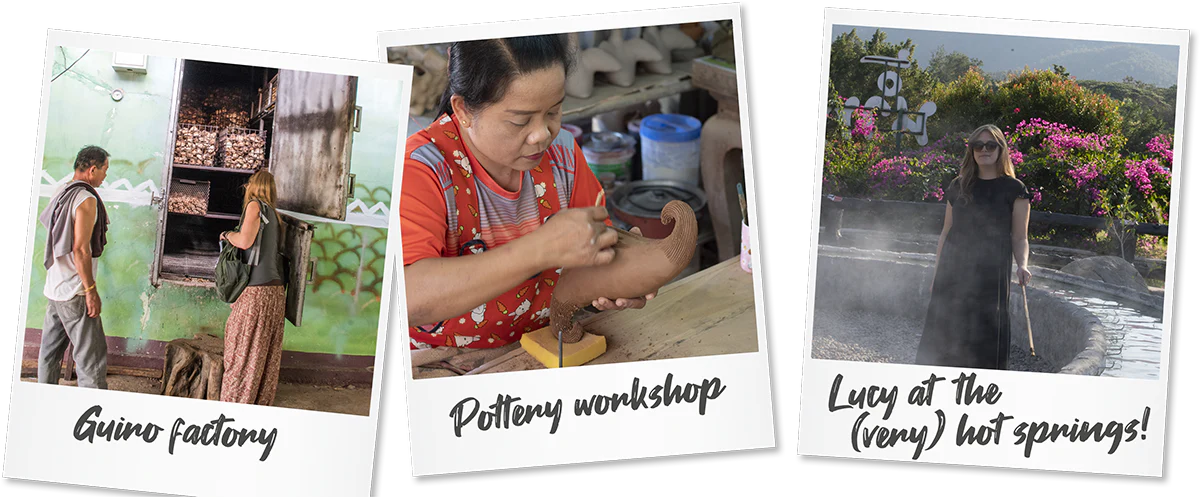
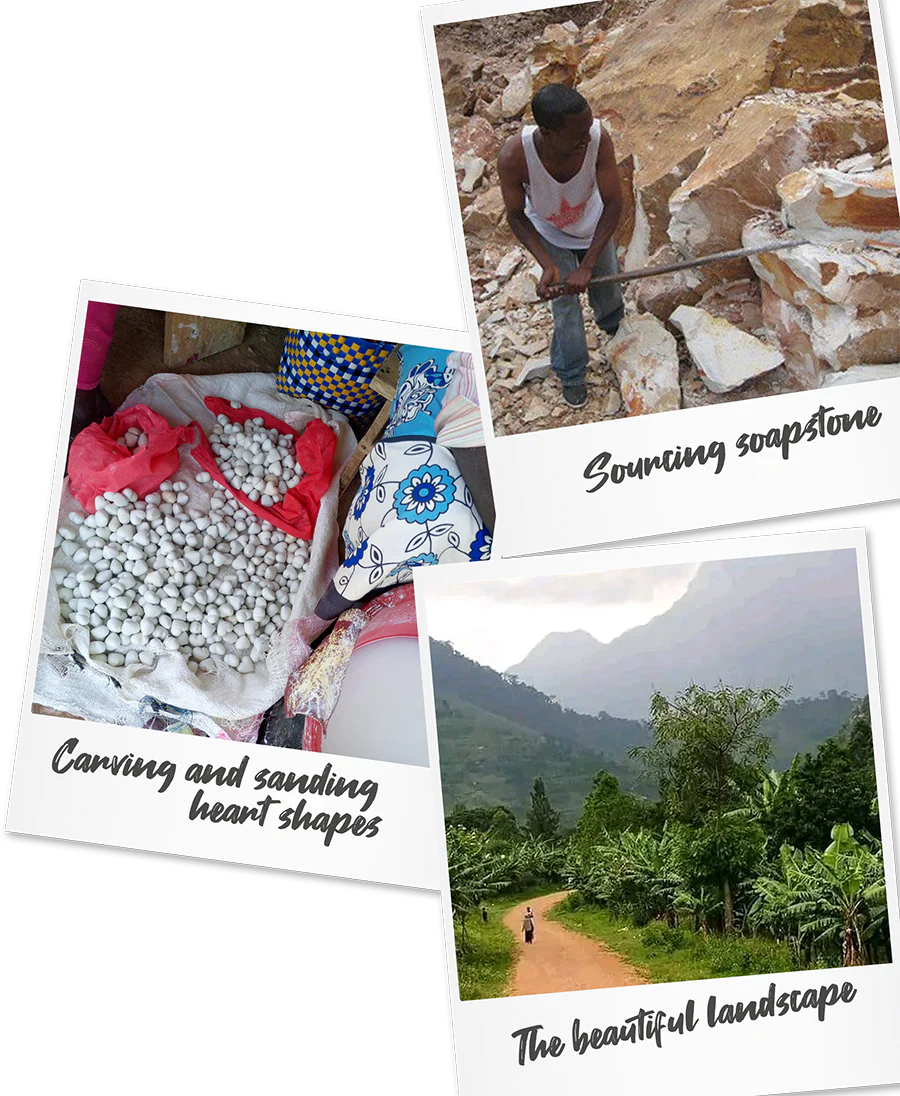
Kenya
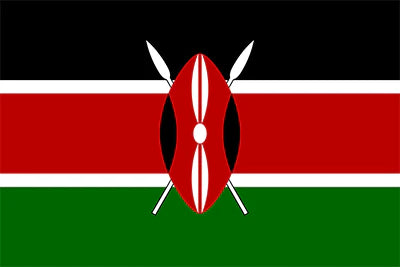

All our Kenyan products are sourced through a BAFTS recognised supplier who visits all the makers personally. Lots of our products come from Nairobi, but our trade also supports the rural villages too, where each individual workshop employs five people.
The two main crafts we source from Kenya are gourd carvings and soapstone.
Gourds are a very important crop in Kenya, they are used for storage, measuring and fermentation; they are dried in villages before being transported to Nairobi where they are hollowed out, painted, and carved with scenes that reflect the beautiful surrounds of savannahs and national parks.
Most of the world's soapstone originates from Kisii in the western highlands of Kenya and so is home to the best soapstone artisans and carvers.
Read the blog
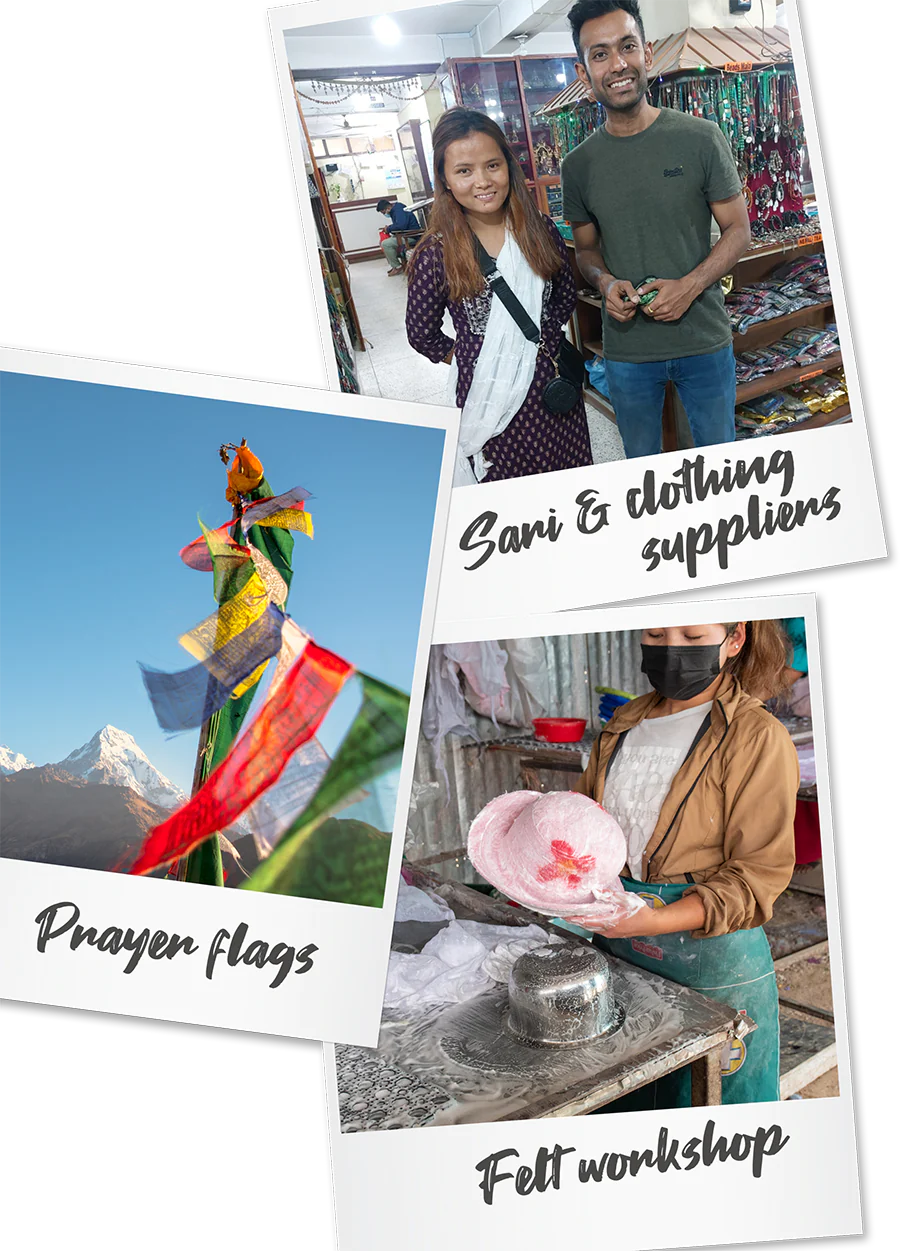
Nepal


We have been sourcing products from Nepal for over 30 years and have remained in business with one supplier for that whole time; spanning two family generations for both them and Siesta!
Nepal produces a large collection of recycled sari products, funky felt festival hats, knitwear and cotton clothing that are made by members of 'Fair Trade Group Nepal’. Much of the material is delivered to the homes of women in the community who fit the work around their own life and family. Opportunities which can provide a lifeline to some who wouldn't be able to bring in an income otherwise.
Nepal is a predominantly Hindu country and has a rich culture of ritual, decor, and prayer. Which is way we have so many unique and interesting pieces that originate from here, including Tibetan painted furniture, carved masks, singing bowls and gongs!
Peru
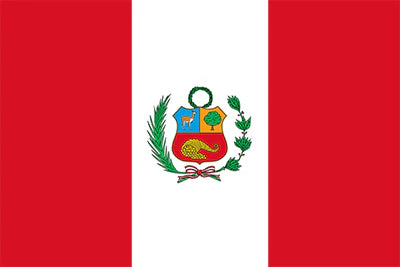

Peru boasts an abundance of exquisite handicrafts, each a testament to the country's diverse cultural heritage and artistic legacy. From elaborate textiles to intricate ceramics and lively paintings.
Bright colours and geometric patterns are a key signature for Peruvian design, motifs are easily identifiable on Cusco beads, manta fabric earrings, purses, scrunchies and more! One of our best sellers from Peru are Retablos; they are a popular form of folk art in Central and South America, and they often depict religious themes and scenes of traditional life. This style is commonly seen across lots of Latin America, particularly around the Day of The Dead festival.
Alpacas are synonymous with Peru, and their wool is notoriously soft. We source lots of cosy socks, hats, and jumpers in typical Peruvian designs too!
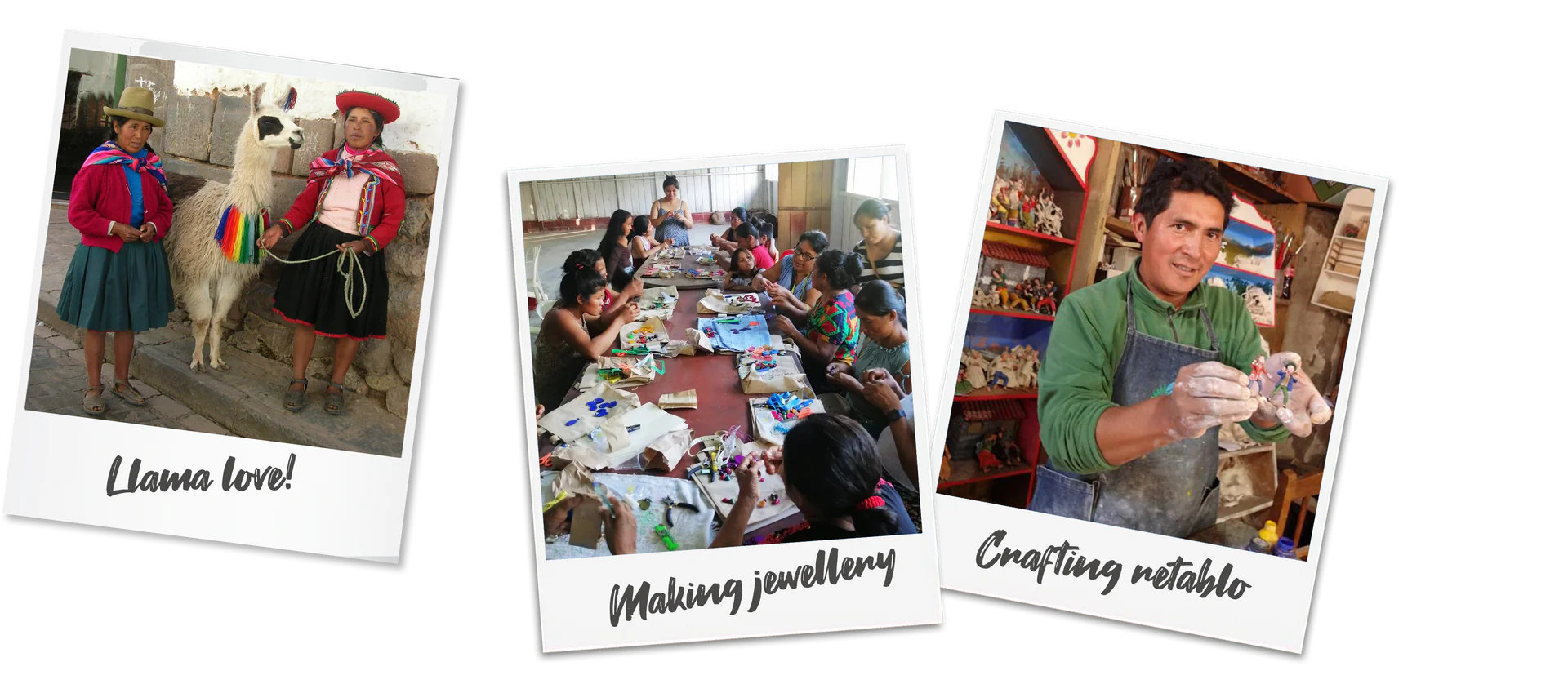
Read the blog
If you’re interested in seeing the lifecycle of Siesta products, from the ideas stage through to production then click here.
If you’d like to read more from our blog, including our travel journals, about cultural crafts as well as our general ramblings then click here.
And if you want to take it way back to the start and read how Siesta came to be, then have a little look here.











